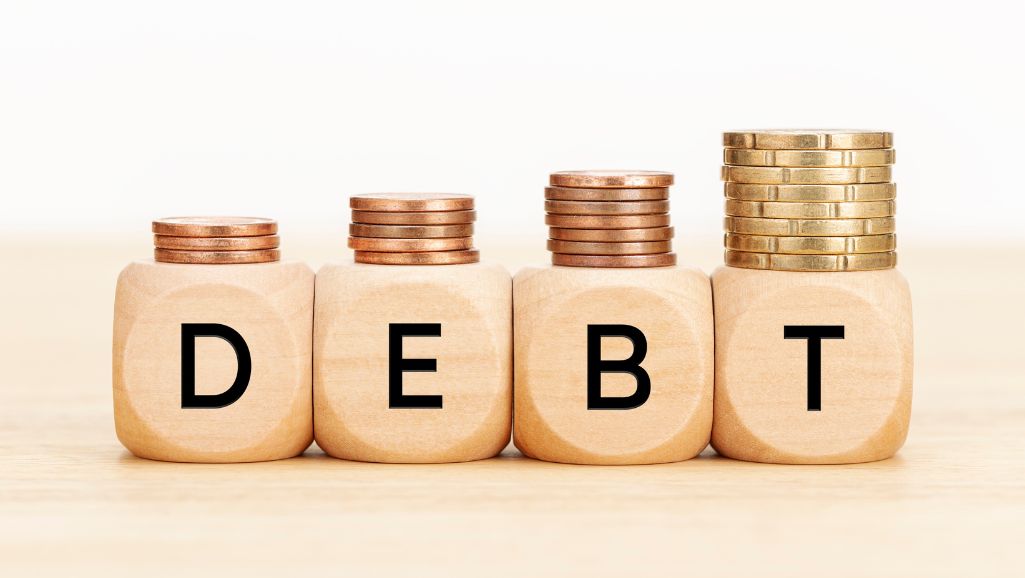Debt is always viewed with apprehension, but not all debt is the same. Surprisingly, a concept known as “good debt” can be a mighty tool in helping you achieve financial prosperity. By grasping the core principles of good debt, you can make wise financial choices that lay the foundation for long-term prosperity.

What is Good Debt?
When you borrow money for investments or assets that can appreciate or produce income over time, it falls under the category of good debt. Unlike bad debt, which includes high-interest consumer debt or loans for depreciating assets, good debt can provide a positive return on investment. The distinguishing factor of a good loan lies in its ability to enhance your financial situation and contribute to long-term growth.
Examples of Good Debt
- Business Loan: Obtaining a business loan to expand a successful enterprise. The borrowed funds can be channelled towards acquiring equipment, scaling up your team, or venturing into new territories, fostering higher profitability and facilitating the growth of your business.
- Education Loan: Deciding to borrow for educational purposes, such as taking an education loan for higher studies. Investing in education can boost your earning potential and unlock improved career prospects over time.
- Home/Real Estate Loan: Acquiring a loan to purchase a property that appreciates over time. When you own a property, it can serve as a valuable asset that produces rental income or can be sold at a higher value later on, presenting opportunities for ongoing financial gain.
Benefits of Good Debt
- Building Wealth: This type of debt can be instrumental in wealth building by enabling individuals to acquire assets like real estate or investments that appreciate over time.
- Enhancing Earning Potential: Investing in education through education loans or professional development can improve skills and qualifications, leading to higher-paying job prospects and increased earning potential.
- Leveraging Opportunities: Borrowing strategically allows individuals to seize opportunities, such as starting a business, that can generate substantial income and potential future returns.
- Tax Advantages: Certain types of debt, such as home and business loans, may offer tax benefits, reducing taxable income and overall tax liability.
Difference Between Good Debt and Bad Debt
- It is essential to differentiate good loans from bad loans to ensure wise financial choices and avoid potential pitfalls.
- While good debt contributes to financial growth, bad debt can hinder your well-being.
- Bad loans typically include high-interest credit card debt or loans for luxury items that lose value over time. Unlike good loans, bad debt drains your resources, accumulates interest, and does not provide the potential for financial gains.
- It is essential to pay off a bad loan before considering taking on a good loan.
How to Use Good Debt Wisely?
- Strategic Planning: Evaluate your financial goals and determine how good debt can align with those goals. Create a comprehensive plan for using borrowed funds to achieve desired outcomes.
- Interest Rates: Compare interest rates and terms of different banks to secure the most favourable rates. Low interest rates can significantly impact the long-term affordability of good debt.
- Research and Due Diligence: Thoroughly research and analyse potential investments or educational opportunities to ensure they align with your long-term financial objectives.
- Responsible Borrowing: Only borrow what you can comfortably pay back, considering your income, expenses, and upcoming financial commitments.
Final Words:
Good debt is a valuable tool for individuals seeking long-term financial success. By understanding the principles behind good debt and utilising it wisely, individuals can build wealth, enhance their earning potential, and seize opportunities that contribute to their financial well-being.
Remember to exercise caution, do research, and align your borrowing decisions with your overall financial goals. When used responsibly, good debt can be a catalyst for achieving your desired outcomes.
